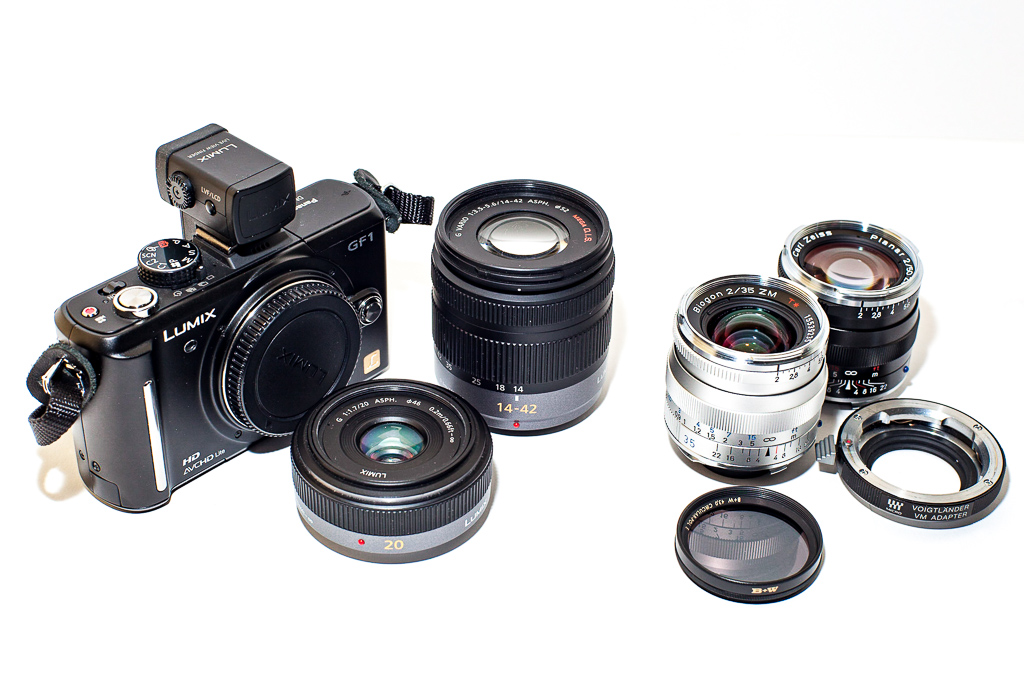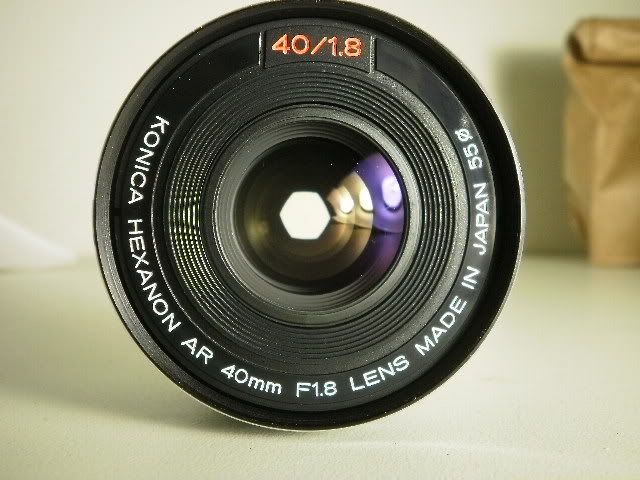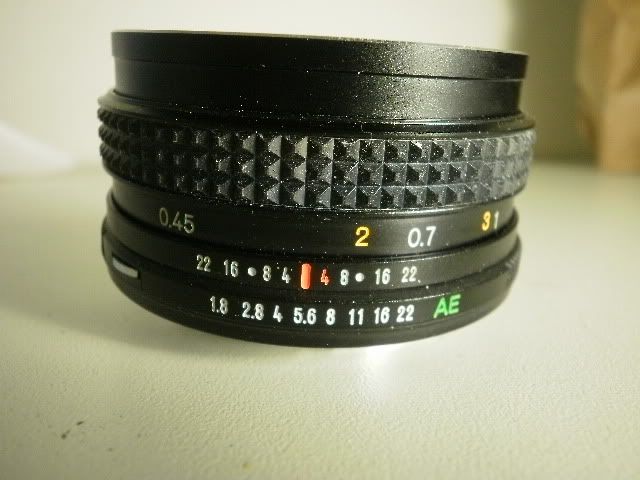thegman
Veteran
I get it, if you use a Sonnar, Nokton 1.1, or similar on a range finder, you have to accept issues like back focus and the fact that your range finder alignment has to be *perfect*. Put such a lens on a m4/3 or NEX camera and all those problems go away.
Hell, you could argue that an EVF equipped full-frame version of a NEX is a better camera for these lenses than a range finder is.
Having said all that, I don't put my M lenses on my Lumix G1, mostly because I much prefer film, and partly due to the humongous crop factor.
Hell, you could argue that an EVF equipped full-frame version of a NEX is a better camera for these lenses than a range finder is.
Having said all that, I don't put my M lenses on my Lumix G1, mostly because I much prefer film, and partly due to the humongous crop factor.





